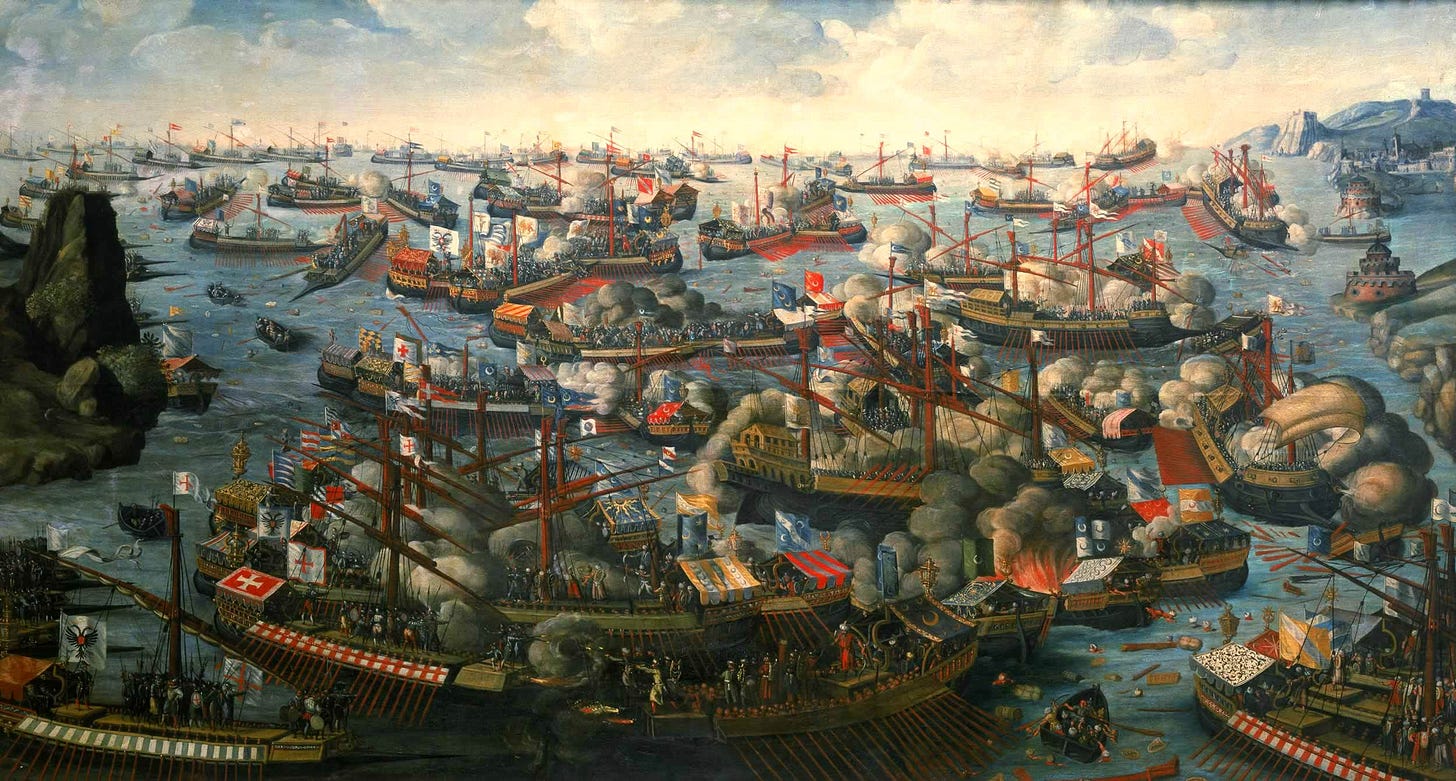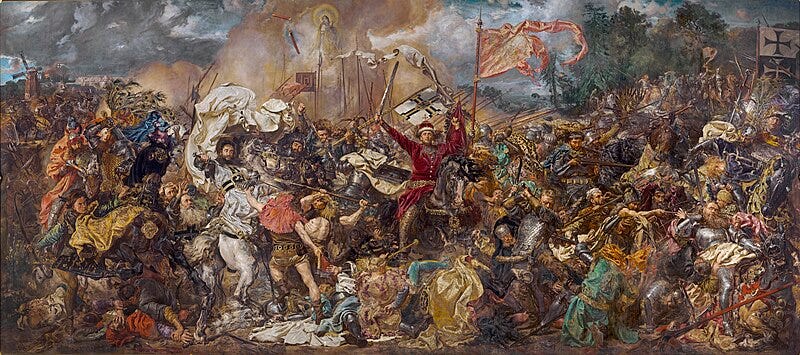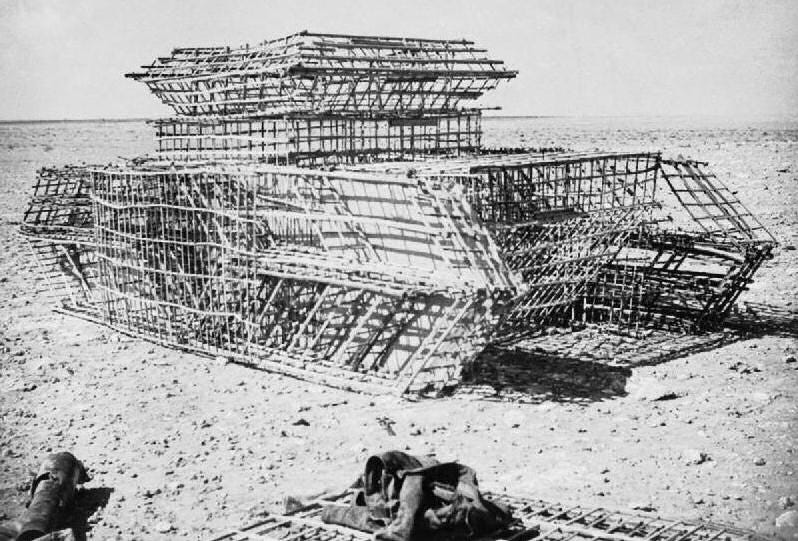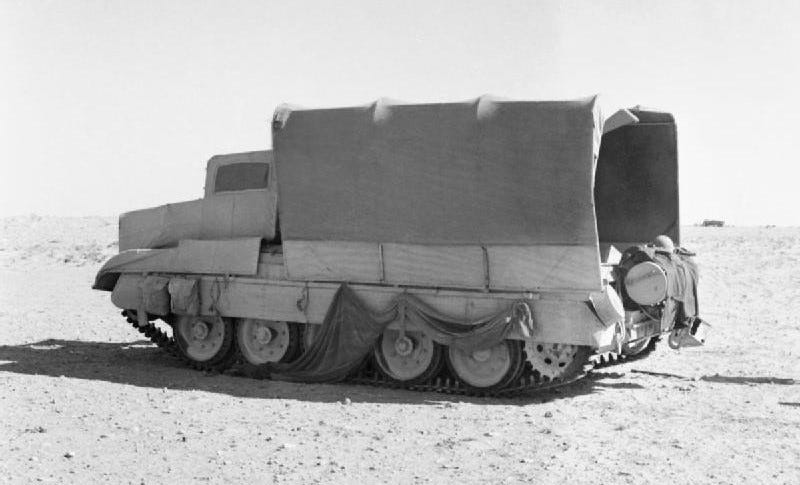The Battle of Lepanto by Anonymous
How would you combat a giant army preparing to march against your land? How would you prevent a mighty fleet from raiding your shores?
What if you knew the enemy army’s planned route of march — and set up an ambush?
What if your diplomats or spies bribed the enemy chancellor or admiral to sail elsewhere?
How do espionage, deception, and persuasion — the information game — take shape in your worldbuilding? Knowing is half the battle, and maybe more.
Here are three examples from history — three different eras — to get the creative juices flowing. The first is a true spying and reconnaissance mission; the other two share lessons of how to fool those prying eyes.
COUNTING SHIPS
During the sixteenth century, naval warfare in the Mediterranean Sea consisted mainly of opportunistic shore raids and capturing vessels on the open waters. Large battles were rare. Risking a ship or an entire fleet was to risk something very costly to replace.
The battle of Lepanto was the exception; over four hundred warships engaged in that epic struggle in October 1571. The majority of all warships in the entire Mediterranean gathered that day under the banners of either the Holy League or the Ottoman Empire.
The gathering of a fleet — let alone the ships — the supplies, the sailors, the fighting men is not something that can be concealed.
Spies on both sides were sending updates and relaying messages — whether via a fast horse, swift ship, or maybe even by carrier pigeon! But, how to keep up with the latest movements and maintain an accurate count of your adversary’s fleet?
Cloak and dagger work isn’t always needed. The Holy League’s battle plans were known from Ottoman informants as well as from the plans being printed in local news sheets at the various ports where the Holy League fleet stopped on its journey around Italy.
Knowledge of the plans came from listening to any number of the thousands of sailors and soldiers in port whether their tongues were loosened by drink or not. Loose lips can sink ships.
Even so, a precise, trusted source can often mean more than dockside and bordello chatter — even if some kernels of truth are contained within.
For the Ottomans, Kara Hodja — “the black priest,” a defrocked Italian traitor and now a feared corsair, slipped in among the Holy League’s fleet to get an accurate count.
In a galley painted black, Kara Hodja and crew rowed into the harbor at Messina. This secret survey of the Holy League’s fleet was aided by a number of ships being decked in black mourning cloth for the death of a Christian commander’s child, all the easier for corsair’s ship to pass without attracting unwanted attention.
The corsair must have felt confident as he rowed out of Messina. He had his tally of the Christian fleet, but he missed the inner harbor and sixty galleys. His count was short.
It was quite a coup to slip in, row freely among one’s enemies, and then slip out. An experienced corsair completed the task, and the Ottomans must have trusted that information among the noise of countless other reports.
I love the added twist that the Ottomans’ confidence in Kara Hodja’s number would be dispelled when a much larger fleet of the Holy League appeared over the horizon as the two fleets came to fight at Lepanto.
The Holy League would carry the day.
RACE ACROSS THE RIVER
The Battle of Grunwald by Jan Matejko
The 1410 Battle of Grunwald was one of the largest battles in Europe’s medieval period. The clash pitted the Kingdom of Poland and the Grand Duchy Lithuania against the Teutonic Knights with both sides drawing allies and mercenaries from across Europe, giving the battle a broad international character.
A strategic goal for the Poles and Lithuanians was to consolidate their armies prior to facing the Teutonic Knights in a pitched battle.
Not only would the Polish and Lithuania armies need to march significant distances to meet, the Polish army would need to cross the Vistula — a major river which bisected the country. In addition, the Polish-Lithuanian strategy was to attempt to deceive the Teutonic Knights as to their true objective — a direct march on the Knights’ capital at Marienburg (now Malbork).
The Knights spread their forces across their territory, perhaps expecting dual invasions by independently operating Polish and Lithuanian armies. Raids and diversions by the Poles and Lithuanians also kept the Knights guessing as to their opponents’ intentions.
The Poles and Lithuanians planned to combine deception with speed. If the Knights became aware of their adversaries’ plans, they could block the Poles’ river crossing, thereby foiling or delaying the merger of the Polish and Lithuanian armies, and perhaps defeating army each separately.
A pontoon bridge (a bridge on boats) would be used to move the Polish army across the Vistula river.
How to disguise the preparation of this bridge?
Over several months of secretive (as possible) work, the Poles fabricated pieces of the bridge a significant distance upriver to be ready for the campaign. The pieces of the bridge were then floated to the designated point near Czerwińsk. It was a masterpiece of logistics, coordination, as well as deception.
The various spans of the ultimately fifteen-hundred foot bridge were quickly secured in place, and the Polish army crossed the river in a day (or two). Twenty-some thousand cavalry and infantry, cannons, and thousands of wagons in the baggage train made the cross-river trek without issue. I imagine there was more than one sigh of relief when the army was safely across.
The following day, the armies of Poland and Lithuania united. Within a week they had crossed into Teutonic Knight territory. The week after, the armies meet at Grunwald, and the Knights were decisively defeated.
In case you’re wondering what happened to the bridge, it was dismantled and eventually used for a crossing later in the campaign when the Polish army returned from Prussia.
DESERT DECOYS
During World War II, the Allies carried out a number of deception operations. Mincemeat and Fortitude come to mind as examples, but this article will touch upon a British stratagem of hiding in plain sight in North Africa. Operation Bertram was conceived in prelude to the Second Battle of El Alamein. Its goal was to mislead the Germans as to British Eighth Army’s force composition and direction of attack.
The desert landscape offers little in terms of concealment, especially to aerial reconnaissance.
Undeterred by the barren landscape, the British devised a wide variety of their own concealments, including: covering tanks to make them appear as trucks, covering trucks to make them appear as tanks, screens to disguise artillery positions as supply trucks, and a myriad of decoys. Here are two examples of thousands created for the operation.
Photo by Gerald Leet, Captain, British Army. The framework of a dummy tank constructed in North Africa in 1942.
Photo by Sergeant Fox, No. 1 Army Film & Photographic Unit, British Army. A Crusader tank fitted with a sunshield to appear as a truck.
The British used these deceptions to create the impression they were preparing a build-up for an attack in the south, all the while, the actual gathering of armor, troops, and materiel was proceeding apace for the true attack in the north. These deception efforts were further strengthened by the construction of a dummy water pipeline, straw men in places, and misleading radio traffic. The fabrication and deployment of these disguises and decoys were also well coordinated as to not expose the giant ruse inadvertently.
The British would triumph at the Second Battle of El Alamein. And, as the war continued, the Germans would continue to fall prey to Allied deception operations.
FOREWARNED IS FOREARMED
Whether seeking the truth or trying to prevent an opponent from learning the truth, local conditions in each example above inspired unique approaches to gain the upper hand on an adversary.
Had you heard of these historical examples before?
What other historical examples of espionage, infiltration, or deception come to mind for you? Leave a comment with your favorite example or examples that inspired your own creativity.
Thanks very much for reading Fantasy Worldbuilding. A great way to support my work is to share this Substack with a friend.








As in nearly every aspect in life, a little for thought goes a long way. Strategy matters, and then tactics matter. I like the pictures of the tanks garbed in trucks’ clothing. I heard stories of fighter planes made out of wood lined up in fields in Great Britain during World War II, so that the German Air Force would bomb those targets instead of the real planes. I think using these devices in a fantasy game or revealing them peace by peace in a book would be quite clever. The protagonist wouldn’t really know what is going on. They’d have to put it together, piece by piece by piece over time to understand the true intentions.